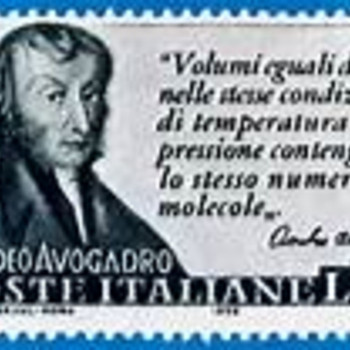Elemental S reacts with O2 to form SO3 according to the reaction 2S+3O2→2SO3 Part B: What is the theoretical yield of SO3 produced by the quantities described in Part A? Express your answer numerically in grams.
Part A: 1.88x10^23 O2 molecules are needed to react with 6.67 g of S.
Part A: 1.88x10^23 O2 molecules are needed to react with 6.67 g of S.
2 Answers
We address the equation...
Explanation:
The question specifies that we got
But we gots with respect to sulfur,
And a bit of arithmetic later, we establish that we got stoichiometric quantities of dioxygen, and sulfur….in the reaction we produce a mass of ………..
Note that when
The industrial sulfur cycle must be a dirty, smelly, unfriendly process. The process is undoubtedly necessary to support our civilization....
Explanation:
Numerical relationships between coefficients of the equation suggest the following conversion factors:
(n("SO"_3))/(n("O"_2)) = 2/3 (n("SO"_3))/(n("S")) = 2/2 = 1
From part A:
Where
Apply the conversion factor between
As a side note: in cases that the formula mass of sulfur,


